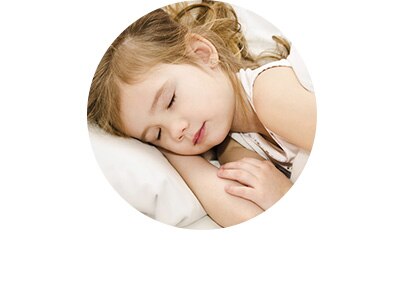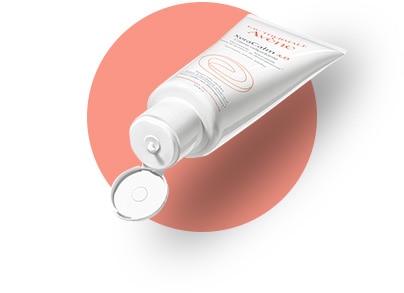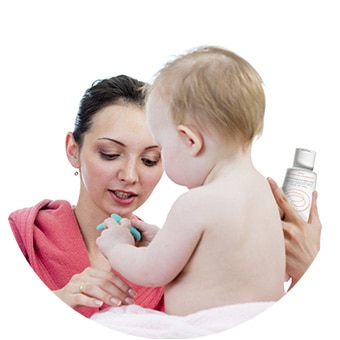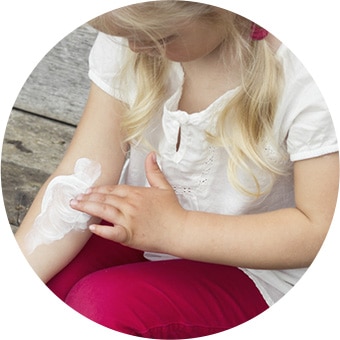ITCHY SKIN?
Several conditions can cause the skin to be prone to varying degrees of itching: contact eczema, lichen planus, urticaria, dryness in mature skin, etc.
Itching is also caused by atopic dermatitis, a common form of dermatosis that affects children and adults, triggering uncomfortable, incapacitating sensations of itching.
Treat your
AD properly

Common in infants and young children, atopic dermatitis is a condition of which itchiness is the most irritating symptom: it disturbs the child's quality of life and disrupts their sleep, as well as that of their parents.

Calming the itchiness requires local anti-inflammatory medication, specific dermocosmetic skincare and the adoption of alternative actions to scratching.
It is important to remember that atopic dermatitis isn't a contagious disease!
Things to avoid
-
Detergents, soaps, astringents
-
Friction
-
Products containing fragrance and alcohol
-
Excessive exposure to bad weather
Dry, atopy-prone skin
Characteristics
Atopy-prone skin is very dry skin affected by inflammatory flare-ups at more or less close intervals. During these flare-up phases, flaky red patches of varying sizes appear on the skin, and itch a lot. They ooze at first, then thicken and dry up.
Itching
It disturbs the child's daily life and is sometimes so intense that it stops not only the child from sleeping but the parents as well.

The skin
The skin is always dry, even between flare-ups, and appears pale and rough.
The affected areas
Atopy-prone skin is dry in general, and all over. During these flare-ups, crisis areas appear. Before the age of one, these crisis areas are generally located on the cheeks, forehead, torso and limbs. Later, it is the large skin folds that are affected (folds of the elbows and back of the knees).
How should itchy skin be cared for?
To properly treat this condition, products must be able to restore not only skin comfort (relief from dryness, inflammation and itching) but also the skin's innate immunity: this is the role of the active emollients.
The ideal choice: "active" biomimetic emollients.
Besides their emollient quality and the correction of lipid deficiency, these emollients contain actives made to fight against:
- skin hyper-reactivity
- itching sensations
- skin defence anomalies.

What is an emollient?
Substances containing mineral oils, fatty acids and other lipid components that have a hydrating effect on the skin.
Their hydrating action essentially results from an occlusive effect where there is limited transepidermal water loss.
Because of this, the terms 'emollient' and 'hydrating' are often considered to be equivalent (emollient balm = hydrating balm).